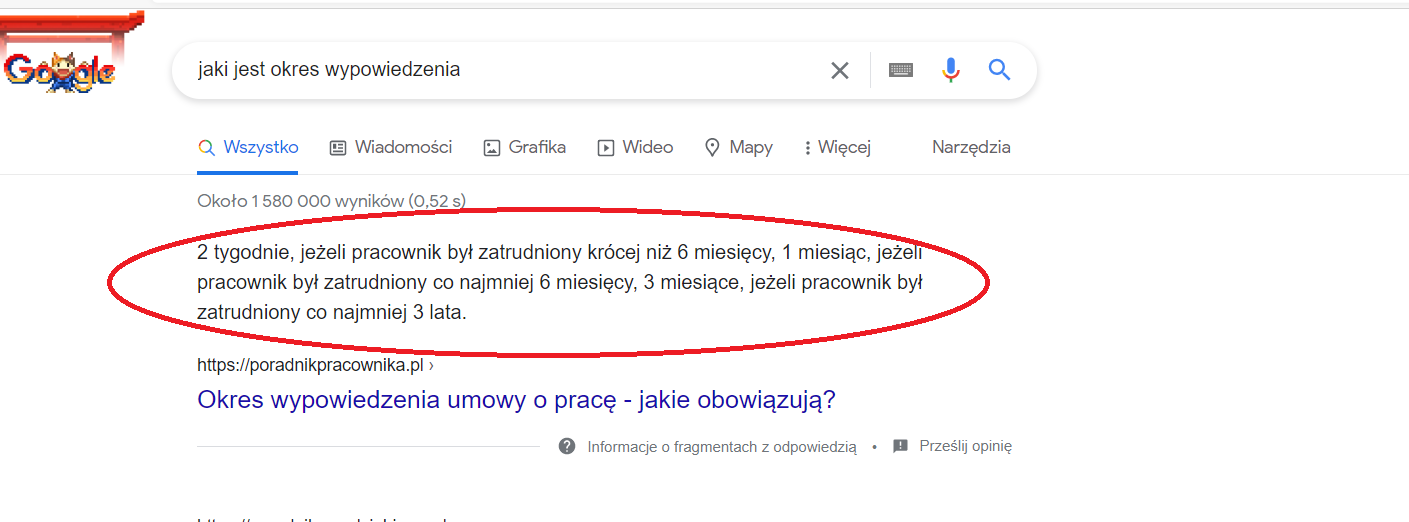26 SEO vocabulary items – a must-know list
1. Above the fold
That’s the content that appears on a site before a user scrolls down. Google created the Page Layout Algorithm in 2012 to lower the rankings of websites featuring too many ads in this space.
2. Featured snippet
It’s a promoted organic search result after typing a question in a Google search.
3. Organic SEO
It refers to the organic methods and strategies used to obtain high search rankings on search engines
4. Technical SEO
It’s about a website performance, that is, how well a website works. How fast your website works is important for SEO. The optimization of a webpage helps search engine spiders crawl and index your site.
5. Local SEO
It’s to do with increasing your site visibility with geographic location as the primary component.
6. DNS
It stands for ‘domain name server’ and allows a domain name to be translated into an IP address.
7. Bounce rate
The percentage of times a visitor leaves a site almost immediately after viewing only one page.
8. Breadcrumb
A navigational aid that shows a path a user has followed.
9. CTR
It stands for ‘click-through rate’ and it’s a rate (expressed in percentage) at which users click on organic search results.
10. Conversion
Basically it means that a user completes a desired action on a website. for example they make a purchase.
11. Crawl budget
The total number of URLs search engine can and want to crawl on a website during a specific time period.
12. De-index
Google removes a site or a page. either temporarily or permanently, from search results, specifically in search index.
13. Editorial link
A link created voluntarily by another website owner because they value the webpage content.
14. Content marketing
A strategic marketing approach that focuses on creating and distributing content that is relevant, valuable, meaningful and consistent.
15. Marketing automation
A group of systems or technologies that can be used to establish a set of rules for handling different marketing related processes in an automated fashion.
16. Social media
Websites and applications that enable users to create and share content or to participate in social networking.
17. SEO
That stands for ‘Search Engine Optimization.’
18. Web analytics
The practice of collecting data and studying user behaviour in an attempt to increase market share and sales.
19. Dwell time
Simply speaking, it’s the whole time a user must spend to take buying actions.
20. Advertising campaigns
A series of related advertisements focusing on a common theme, slogans and sets of advertising appeals.
20. Marketing strategies
A set of plans designed to achieve marketing objectives.
21. Frequency and recency
Session-based metrics calculating how often a website visitor comes back and how recent that return visit was.
22. Returning visitors
A visitor with existing Google Analytics cookies from a previous visit.
23. Time on page
A period of time a user spends on a page before navigating to a different page.
24. Engagement metrics
Measures how much and how often consumers interact with social media content.
25. Backlink
An incoming link to a website or a webpage
26. Position
To position in the context of SEO means to optimize a webpage in order to achieve higher and more numerous search results in a browser.
26 SEO vocabulary items – exercises
To learn more about SEO basics, visit this website on: The Beginner’s Guide to SEO: Search Engine Optimization – Moz
